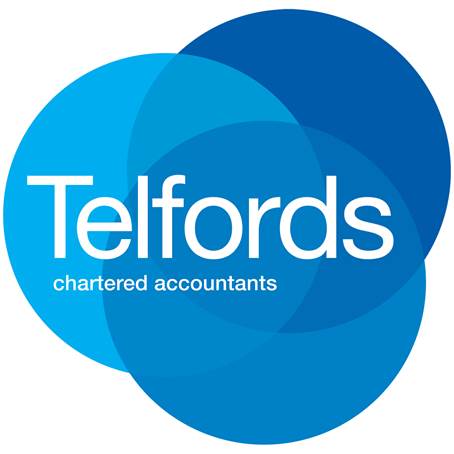Budgeting and cash flow forecasting: key to your business success
The world of business can be unpredictable so finding a little certainty can make all the difference for business owners. While the future remains a mystery, tools such as budgeting and cash flow forecasting can significantly reduce the level of uncertainty, allowing you to learn from past events, anticipate challenges, and generally improve your ability to navigate and keep your business on track.
Budget vs. Cash Flow: the crucial distinction
A common misconception is that a budget and cash flow are interchangeable. In reality, a budget is a projection of future possibilities, enabling you to consider various sales and expense scenarios. On the other hand, a cash flow provides a record of actual expenses and sales revenue that flow into and out of your business each month. Although they often deal with the same data, their applications differ. You might budget £1,000 per month for online costs whereas in the cash flow, you’d record the actual amount spent. Despite their distinct uses, cash flow and budgeting often appear on the same spreadsheet or similar accounting software for ease of use and comparison.
The advantages of budgeting and cash flow forecasting
The benefits of incorporating budgeting and cash flow forecasting in your business are numerous. It can help:
- Predict and manage potential cash surpluses or shortages
- Plan for tax obligations
- Time new equipment purchases
- Determine when to buy in bulk
- Identify when you might need a small business loan or a line of credit
- Track expenses and highlight any unusual cost increases or decreases (allowing you to take prompt action to address the issue)
- Monitor sales levels and flag any underperforming areas of your business.
Practical tips for effective budgeting
Preparing an annual budget requires sufficient time – allocate at least two or three months for this process. Update your budget each month based on the actual cash flow. Keep in mind that the sales forecast is often the hardest part to get right. If you’re new to business, examine separate forecasts for different products or geographical areas and note any seasonal patterns in your business and industry.
Sensitivity analysis: a proactive approach
A sensitivity analysis, often referred to as ‘what if’ scenarios, can help you understand how different outcomes affect business performance. This analysis allows you to review the effects of changes in your revenue or costs. For example, if one customer contributes thirty percent of your turnover, what would happen if they stopped buying from you?
The power of regular updates
Regularly comparing your actual expenditure against your budget enhances your ability to predict future costs accurately. It’s good practice to review and update your budget and cash flow forecasts at least once a month – or even more frequently if your business environment is changing quickly.
Budgeting and cash flow forecasting are powerful management tools that can guide your business decisions. However, their value lies in their regular review and updating, ensuring your figures remain current and a true reflection of your business’s financial health.
Contact us now for help with budgeting and cash flow for your business.
